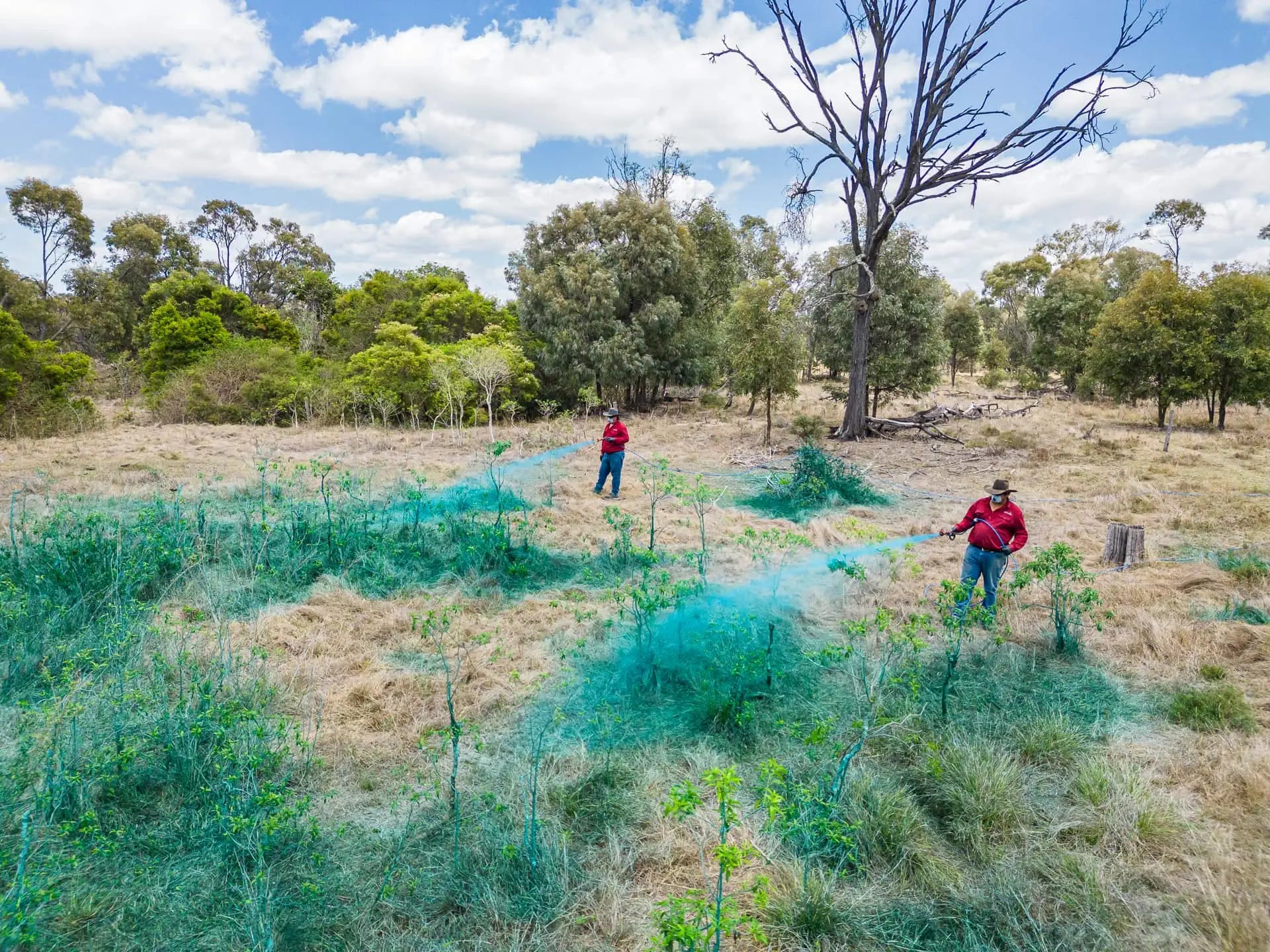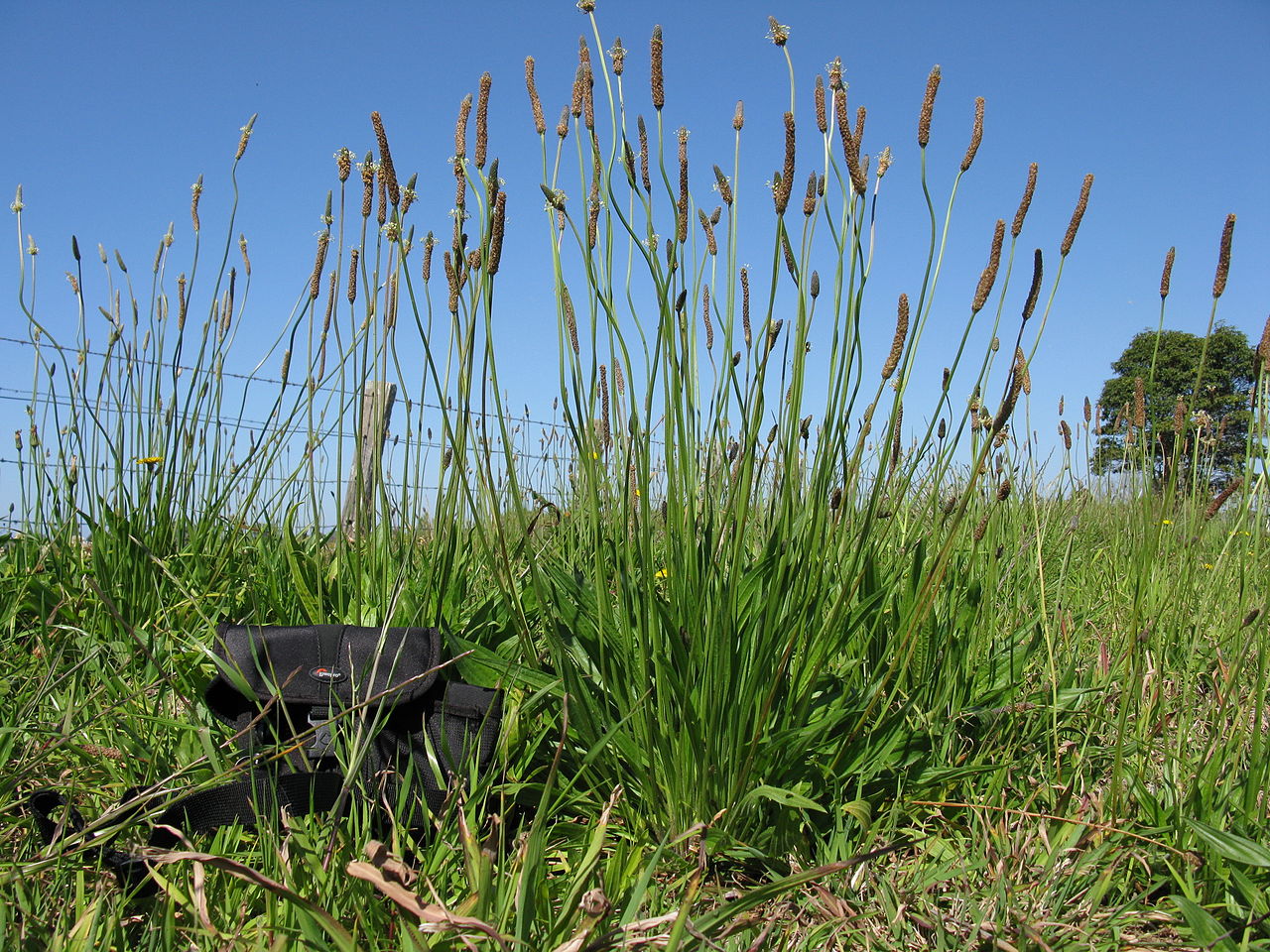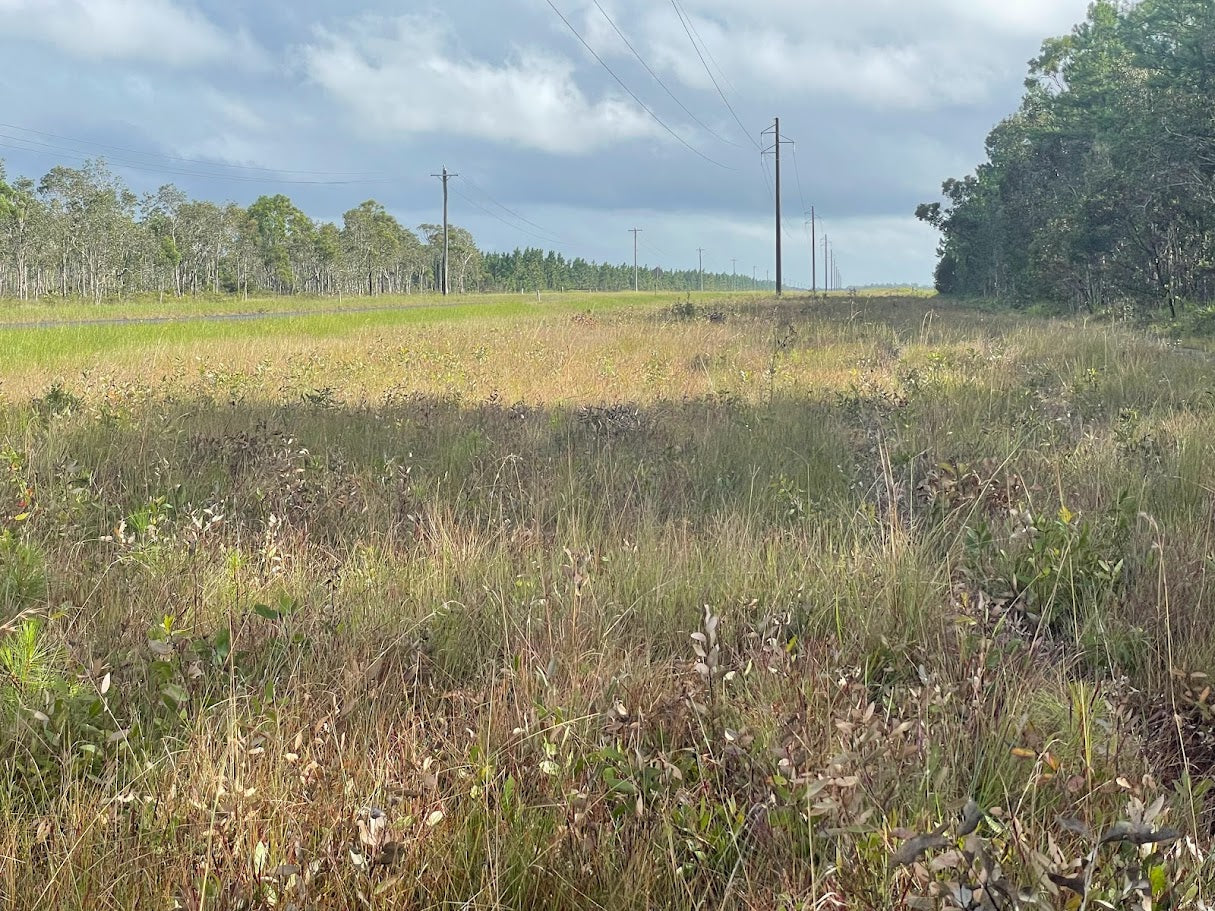
Evolution of Herbicide Technology: From High-Load Chemicals to Sustainable Solutions
Evolution of Herbicide Technology: From High-Load Chemicals to Sustainable Solutions
The history of herbicides is a journey marked by innovation and progress. We've come a long way from the days of high-loading chemicals with persistent soil residues and environmental concerns. In this article, we will explore the remarkable evolution of herbicide technology, which has led to the development of targeted, environmentally friendly, and highly effective products that are transforming modern agriculture and weed control.
The Early Days of Herbicides
High Loading and Residue
In the past, herbicides were often characterised by high active ingredient (AI) loadings per hectare. These chemicals left long-lasting residues in the soil, which raised concerns about environmental impact and soil health.
Mobility and Toxicity
Many early herbicides had low Koc (organic carbon partition coefficient), making them readily mobile in the environment. Over time, their toxicity could accumulate in the ecosystem, posing risks to non-target species and risking contamination of ground water.
Advances in Formulation
Reduced AI Output
Modern herbicide technology focuses on reducing AI output per hectare while maintaining efficacy. This minimises environmental impact and lowers the risk of residue buildup.
Improved Targeting
New formulations are designed to target specific weeds while sparing desirable crops and plants. This reduces collateral damage and minimises the need for extensive applications.
Environmental and Human Safety
Low Toxicity
Today's herbicides prioritise low toxicity to humans and non-target organisms. Rigorous testing and regulatory standards ensure the safety of these products.
Environmental Considerations
The shift towards environmentally friendly herbicides takes into account factors like water quality, soil health, and non-target species. These products are less likely to contaminate ecosystems.
Extended Activity and Reduced Applications
Extended Residual Activity
Modern herbicides are designed to have extended residual activity. This means fewer applications are required over the growing season, reducing the overall chemical load.
Enhanced Efficiency
Improved herbicide technology allows for better results with lower quantities. This leads to cost savings for farmers and reduces the carbon footprint associated with herbicide production and application.
Sustainable Weed Control
Integrated Weed Management
The evolution of herbicide technology aligns with integrated weed management (IWM) practices. IWM emphasises an integrated approach to weed control, combining chemical, biological, mechanical and cultural control methods.
Reduced Herbicide Resistance
By using targeted and rotated herbicides, the development of herbicide-resistant weed populations is mitigated, ensuring the longevity of effective weed control strategies.
The journey of herbicide technology from high-loading chemicals with long soil residual effects to today's environmentally friendly, targeted, and efficient products is a testament to human innovation and our commitment to sustainable agriculture and weed control.
This evolution has not only improved the safety of herbicides for humans and the environment but has also contributed to reduced application frequencies and better results for farmers.
As we continue to advance, the future of herbicide technology promises even more sustainable and effective solutions for weed management in the years to come.
Additional content
VIEW GWS' ADDITIONAL CONTENT TO LEARN MORE ABOUT THE WEED INDUSTRY

Water pH and the Performance of Weak Acid Herbicides
Weak-acid herbicides must remain in their non-ionised (acid) form to move efficiently through the plant cuticle. When spray water is too alkaline, the herbicide molecule becomes ionised.
Read more
Towards Modern Vegetation Management: Solutions for Australia’s Linear Infrastructure
Understanding the Changing Vegetation Challenge Vegetation management across Australia’s linear infrastructure corridors is becoming increasingly complex. Roads, rail corridors, gas pipelines, elec...
Read more
Case Study: Parthenium Weed Hygiene
Introduction: The Necessity of Weed Hygiene Management Australia’s vast expanses and diverse land uses, from grazing pastures and cropping zones to natural bushland and urban corridors are u...
Read more
